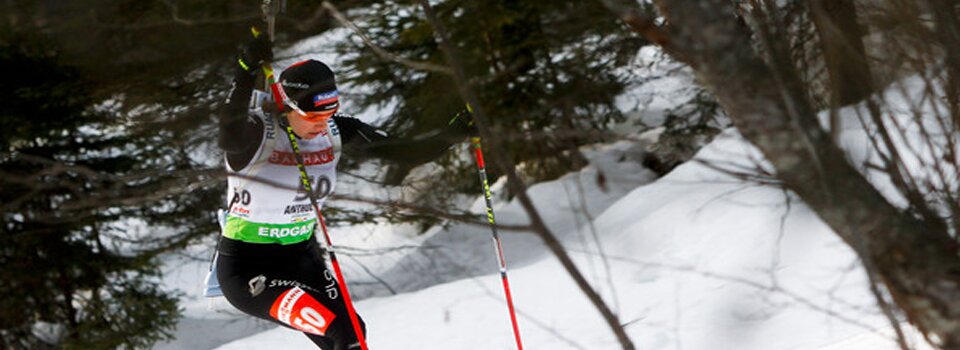Avalanche Awareness: Layers, Weaknesses, and Red Flags
When you venture into snowy backcountry, it’s crucial to know what’s happening beneath your feet. Layers in the snowpack can hide dangerous weaknesses, especially after storms or warm spells. You might notice subtle red flags—like cracking snow or recent slides—that signal trouble ahead. Paying attention to these warning signs isn’t just smart; it can save lives. So how do you recognize these dangers and make safer choices in avalanche terrain?
Understanding Avalanche Formation and Snowpack Layers
Every avalanche begins with a significant factor: instability within the snowpack. It's essential to understand how snow layers accumulate over time, as each layer can vary in strength and consistency. Weak layers can form beneath stronger layers, leading to conditions where the snowpack becomes unstable.
Certain types of unstable snow, such as windslab or graupel, pose risks, especially when they're concealed beneath other snow layers. Neglecting these hazards increases the likelihood of triggering an avalanche.
Avalanche safety is predicated on the careful observation of snowpack layers and the identification of weak layers before they pose a risk. Consistent monitoring of the snowpack provides an important opportunity to assess stability and take precautionary measures.
Understanding the dynamics of snow layer formation and the corresponding risks is crucial for minimizing avalanche incidents.
Key Environmental Factors Influencing Avalanche Risk
Avalanche risk is influenced by several significant environmental factors that can change quickly, often within a few hours. One critical factor is recent snowfall, which can create unstable layers in the snowpack, thereby increasing the danger of avalanches.
Additionally, strong winds contribute to this risk by redistributing snow, forming hard slabs on leeward slopes. These slabs can become unstable and are particularly prone to failure.
Another important factor is rapid temperature changes, which can further destabilize the snowpack. A sudden increase in temperature may weaken existing layers and trigger avalanches.
Observing any recent avalanche activity in the vicinity is also crucial, as such events are indicative of current hazardous conditions and can signal that the snowpack is unstable.
Understanding these environmental factors is essential for assessing avalanche risk and making informed decisions regarding travel in avalanche-prone areas.
Recognizing Red Flags in the Backcountry
A critical aspect of avalanche safety involves the ability to identify indicators of instability when navigating the backcountry. Recent snowfall is an important factor; a significant proportion of human-triggered avalanches occur during or shortly after snowstorms, primarily due to the presence of weak layers within the snowpack.
Observing recent avalanche activity, such as debris piles or crown lines, serves as a warning sign of potential instability in the area.
Additionally, auditory and visual cues like cracking, collapsing snow, or ‘whumpf’ sounds can indicate immediate risks associated with the stability of the snowpack.
It's also essential to monitor for rapid weather changes, particularly sudden increases in temperature, which can destabilize the snowpack for extended periods.
Furthermore, strong winds can lead to the formation of hazardous slab conditions, thus requiring careful evaluation of wind effects.
Recognizing these factors early and accurately is vital for maintaining safety while venturing into backcountry environments.
Identifying Slide-Prone Terrain and Terrain Traps
Avalanches are significantly influenced by specific terrain features, making it crucial to recognize slide-prone slopes and potential terrain traps for enhancing backcountry safety.
Avalanche Terrain is typically characterized by slopes ranging from 30 to 45 degrees, as these angles are prone to avalanche activity. It's important to be aware of terrain traps such as gullies or cliffs, which can contribute to the accumulation of deep snow, thereby raising the risk if an avalanche were to occur.
Additionally, it's essential to evaluate the snowpack for persistent weak layers, as these layers can serve as triggers for slides with little to no warning.
Regularly monitoring weather conditions is important since new snowfall or temperature increases can further compromise the stability of the snowpack, particularly on interconnected slopes that exert influence over one another.
Adopting a systematic approach to terrain analysis can provide valuable insights into avalanche risks and aid in decision-making for safe travel in backcountry areas.
Essential Avalanche Safety Gear and Practices
When traveling in avalanche-prone areas, it's imperative to have the appropriate safety equipment and to understand its use. The essential gear includes a transceiver, shovel, probe, and, ideally, an avalanche airbag. A transceiver is a critical device that allows rescuers to locate an individual quickly in the event of an avalanche burial.
Meanwhile, a probe is used to pinpoint the location of a buried person, and a shovel aids in the actual excavation process. The use of an avalanche airbag can increase the chances of survival by reducing the likelihood of being fully buried during an avalanche.
It is advisable to check the avalanche forecast provided by local avalanche centers on a daily basis, as conditions can change rapidly. Proper planning based on this information is essential for minimizing risks while traveling in such environments.
Additionally, familiarizing oneself with all safety gear through practice sessions prior to entering avalanche terrain can enhance preparedness and response in potential emergency situations.
Building Skills Through Education and Forecast Resources
Building awareness about avalanches necessitates a solid educational foundation and informed decision-making. Participation in avalanche courses allows individuals to identify hazards, assess snow stability, and practice rescue techniques effectively.
Regularly consulting the Avalanche Forecast prior to excursions is crucial, as regional centers employ a five-level warning system that indicates the danger level, likelihood of avalanches, and their potential distribution. This tool should be utilized consistently.
Additionally, it's important to understand key concepts such as terrain factors, snow conditions, and group competency when planning trips into avalanche-prone areas, commonly referred to as the “pizza of death.”
Ongoing education through courses, literature, and reputable online resources is essential, as it enhances preparedness and confidence when navigating avalanche terrain. Regularly updating one’s knowledge in this field is integral to safety.
Conclusion
When you venture into avalanche terrain, your awareness can make all the difference. Pay close attention to the snowpack’s layers, watch for red flags, and never underestimate changing weather. Always assess the slopes, carry essential safety gear, and practice what you’ve learned through courses and forecasts. Your vigilance and preparation aren’t just for your safety—they’re for your entire group. Stay alert, rely on your training, and remember: safe decisions keep adventures possible.







